Tag: history
Why the Canary Islands are Like This
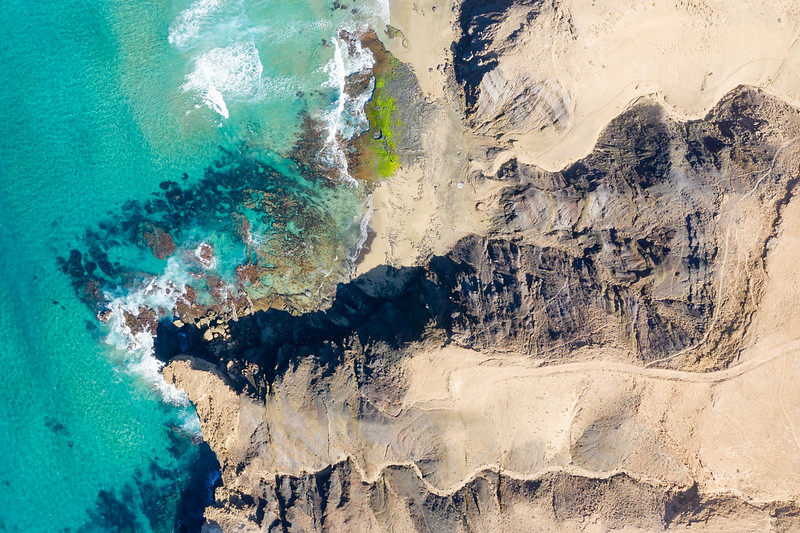
This post first appeared on Patreon. To get early access, plus exclusive extras, please visit my Patreon page.
The current eruption on La Palma in the Canary Islands is now over a month old. Already the island’s largest in a hundred years, it’s giving no signs of stopping just yet. Volcano lovers have thrilled to its spectacular Strombolian explosions. Residents have endured disruption, displacement, and loss of homes and livelihoods. Dogs trapped by lava flows had to be fed by drone before they were taken to safety in a daring and mysterious rescue. Living with a live volcano is far from easy and seldom safe.
Plenty of news agencies, vloggers, and blogs are keeping us up to date on the progress of the current eruption. I’m going to take us deep into the past, on a journey into the island’s origins and evolution. We’re going to see the slow, steady pas de deux between a mantle plume and the plate above it. We’ll watch underwater volcanoes go subaerial, building new land, and see catastrophic collapses tear their confections down. We’ll learn the life stages of a Canary Island, and by the end, we’ll know the broad outlines of La Palma’s destiny.
In the end, we’ll see that this current eruption is as much an act of creation as it is destruction.

Mirador de La Tarta, Tenerife. Yes, it’s literally called a cake! The white layer is pumice, the black layers are basaltic scoria, and the reddish-brown layers are oxidized basaltic tephra. Credit: H. Zell (CC BY-SA 3.0)
Mary Horner Lyell: “A Monument of Patience”

You never hear of the other Lyell. Sir Charles, you know quite well: he set the infant science of geology firmly on its feet and inspired Charles Darwin. But there’s another Lyell who was a geologist, and without her, Charles Lyell would have found his work far more difficult, if not impossible. When he married Mary Horner, he pledged himself to a lifelong scientific partner.
Why don’t we know her?
Zonia Baber: “The Public May Be Brought to Understand the Importance of Geography”
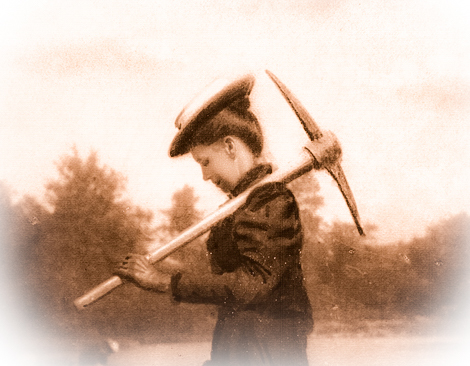
Zonia Baber(1862-1955) is one of those people you aspire to be and fear you will never manage to become even half as good as. She was a legend.
I had no idea. I chose her as our first Pioneering Woman in Geology because of her name. I had this list of women I knew next to nothing about, and I hovered a finger over it, and said, “There. That’s an interesting name. Let’s start with her.” Then I found out she was a geographer, and thought, “Oh, dear.” A teacher, when I wanted women who worked in the field. Oh, no. An American when I’d hoped to start with a different country. Oh, bugger. But Mary Arizona “Zonia” Baber? Still couldn’t resist the name. So I read past the first sentence in the Wikipedia article, and promptly fell in love. Co-founded the Geographic Society of Chicago, which was modeled after the National Geographic society? Awesome! Involved in social issues? Brilliant! Feminist, even so! And then I found out that, in addition to the whole geography teacher thing, she’d got her start in geology. Perfect.
I don’t think Zonia understood the concept of “Women can’t do x.”
Stoned: The Exact Right Book for all Gemstone and Geology Lovers
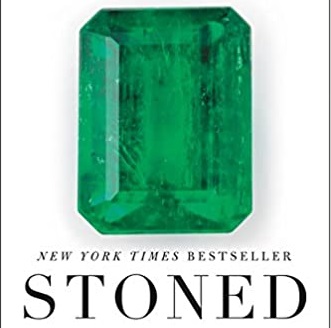
Right from the title, you know you’re in for a good time.
Aja Raden’s Stoned: Jewelry, Obsession, and How Desire Shapes the World is written in the irreverant but informative tone that turns otherwise dry, academic facts fun. And yet it doesn’t treat its subject lightly: this book is dense with geology, gemology, history, politics, economics, sociology, and human drama. Few people could pull off writing a book like this. Aja makes it look easy breezy lemon squeezy.
So, yes, you’re going to enjoy yourself, but you’re also going to come out with your knowledge raised to critical nerdicality levels, so be prepared. (more…)
A 16th Century Volcano Adventure: “The Marvelous Hills of Sulphur”
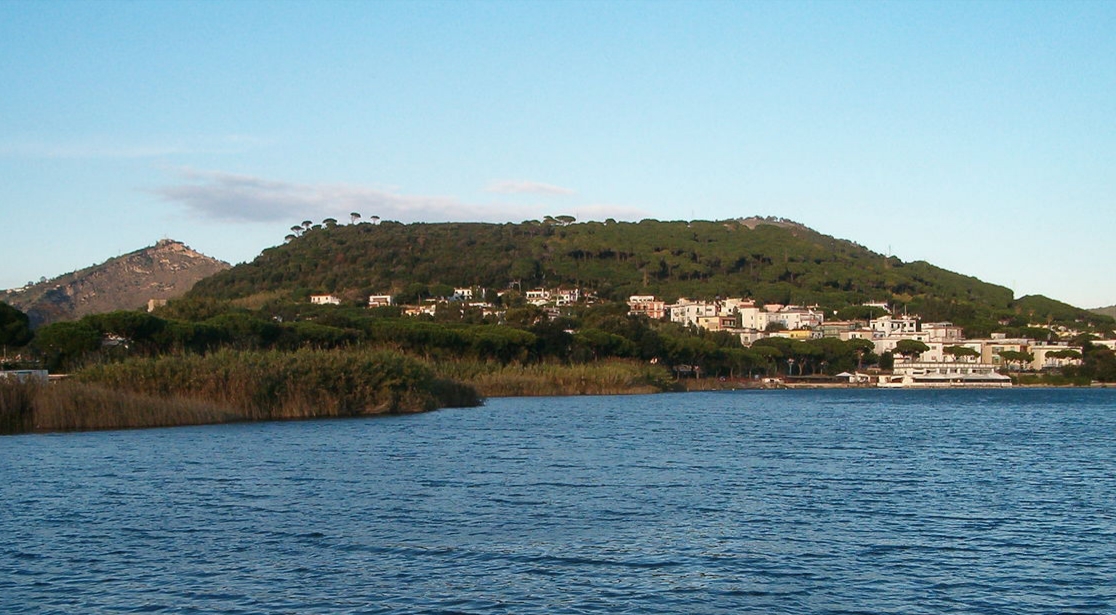
It’s early 1550, and a young Sir Thomas Hoby is traveling through a volcanic wonderland. Britain hasn’t had anything comparable to the Campanian coast of Italy for tens of millions of years. There are places where geothermally-heated water rises through fractures and faults, used by humans to treat various ailments for milennia, but nothing as raw and exciting as what he sees here.
Taking the highway to the town of Pozzuoli, he marvels at the medical baths (Sudatorii) on the shores of Lago di Agnano: “…they cause good digestion and resolve raw humors, they lighten the body and heal the inward parts, they dry up fistles and wounds, and are very good against gout.”* In an age when medicine is still far more of an art than a science, these medicinal baths fed by volcanic springs are often the best chance at relief for people suffering from poor health.
He is probably unaware that these wonderful Sudatorii are a mere remnant of a medical spa industry that had been booming less than twelve years before.
Sudden Volcanoes, Unstable Ground, and Sublime Rocks: Welcome to the Mediterranean
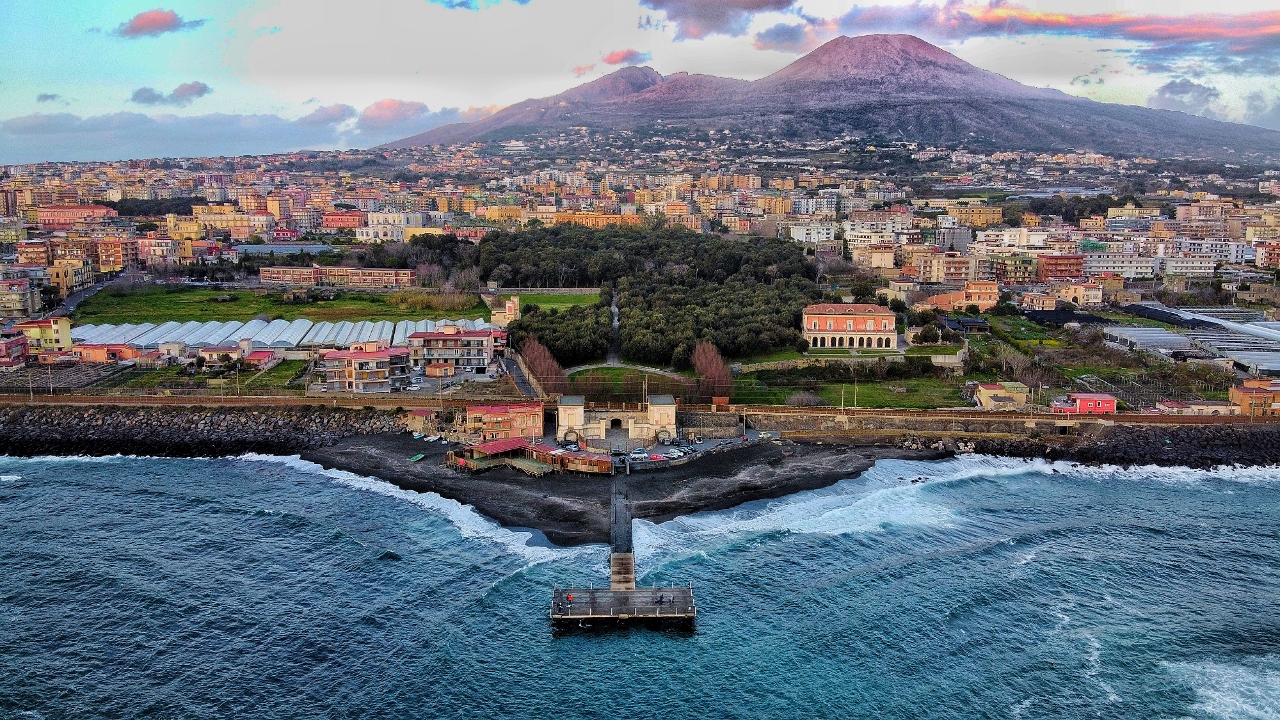
On this day in 1538, a brand-new volcano popped up on the coast of Campania, swallowed the village of Tripergole whole, and pretty much ruined the region’s medical spa industry. And that’s just one of the many astounding things geology has done in the Mediterranean region.
5 Favorite Facts about Mary Anning
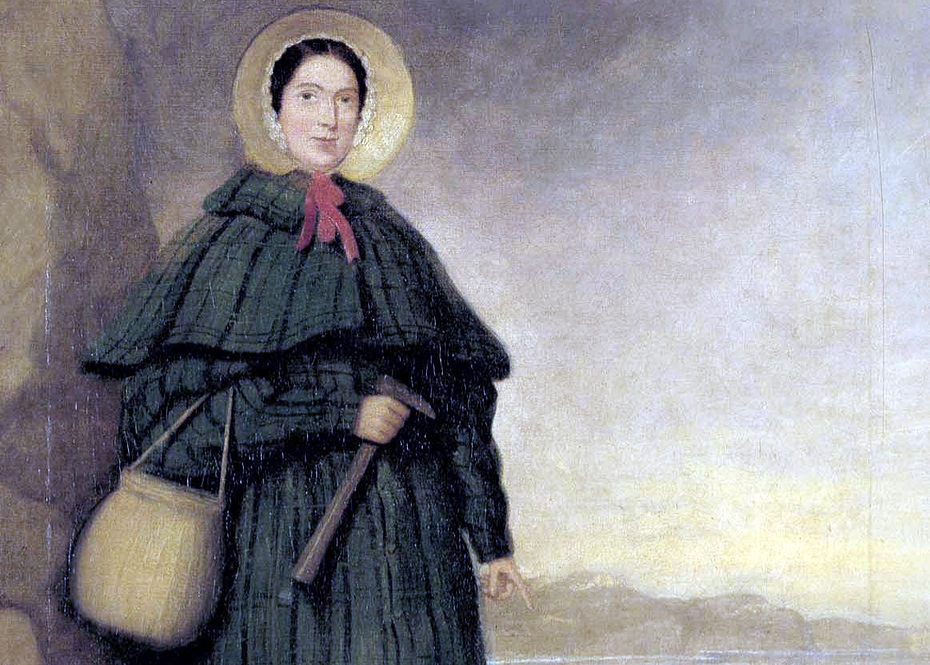
This post first appeared on Patreon. For early access, exclusives, and other spiffy stuff, become an Unconformist today!
You know, I liked Mary Anning even before I read Shelley Emling’s book about her, but now I frankly adore her. Here’s five of the reasons why:
1. Everything male naturalists could do, she did in heavy skirts and pattens.
You know how Ginger Rogers did everything Fred Astaire could do, only backwards and in high heels? That was basically Mary. She not only was a supremely talented fossil hunter, she had impediments the men didn’t have. She scrambled over incredibly challenging terrain in bulky skirts, wearing metal and wood contraptions over her shoes that, while handy for keeping one from sinking into mud, must have been a nightmare as far as balance and traction are concerned. She outran rogue waves, sudden storm tides, and actual bloody landslides in that gear.
The dudes would have died.
